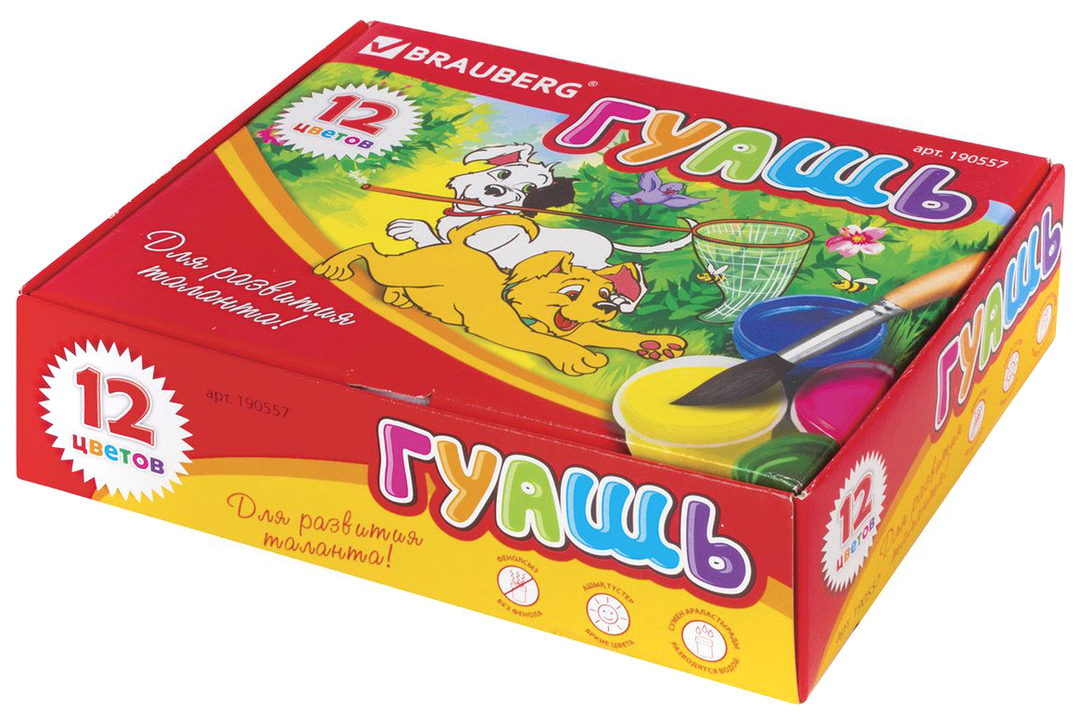They call fire alive for a reason. This is the first element that man tamed, and since then we have been together for thousands of years, supporting each other. There is an opinion that you can look at the flames endlessly. It is difficult to argue with this, especially if you have a source of real fire at home - an ordinary or an eco-fireplace. Not everyone can afford an ordinary fireplace, and it’s not so easy to arrange it in an apartment. But eco is not difficult at all. Biofireplaces can even be made independently. And it’s not worth arguing that the first friend of man, living fire, changes the life of its owner.
Read in the article
- 1 What does a modern eco-fireplace mean?
- 1.1 The design and principle of operation of a biofireplace
- 1.2 What fuel is used in eco-fireplaces
- 1.3 Why biofuels have a special flame
- 1.4 Packaging, purpose and cost of biofuel
- 2 Why you should buy an eco-fireplace and what you need to be wary of
- 3 Varieties of models of eco-fireplaces
- 3.1 How to choose an eco-fireplace for a house and an apartment
- 4 How to properly operate an eco-fireplace
What does a modern eco-fireplace mean?
A modern eco-fireplace differs from the usual one in the most important way: the absence of wood fuel and a bulky design. What is a traditional stove or fireplace? This is a firebox with a hood, a pipe for removing smoke. Firewood acts as fuel, and they give a lot of smoke, sparks, ash and soot. All of these need to be monitored and cleaned regularly. This is where the main advantages of the eco-fireplace are visible - the absence of all these nuances.

The design and principle of operation of a biofireplace
So, what distinguishes an eco-fireplace from a conventional one and how does it work? What is its design and type of fuel? Let's start with the design of the device. Basically, it consists of two main parts: a fuel tank or block and the burner itself, usually decoratively designed.
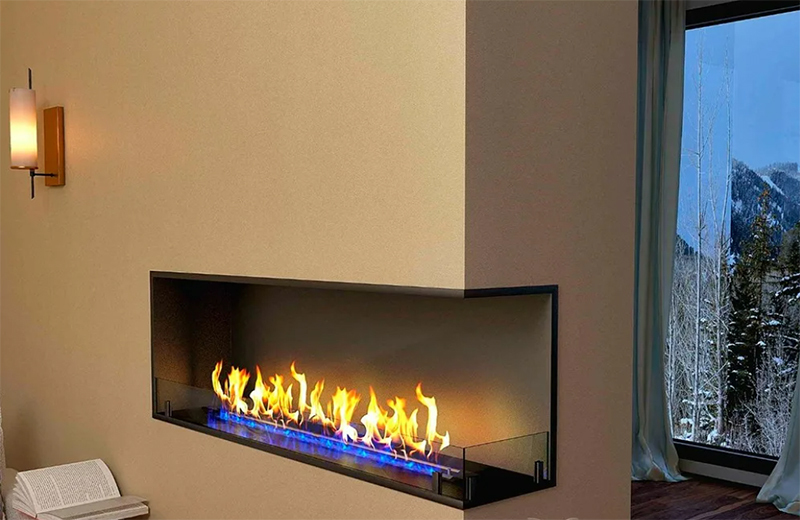
The tank has a closed shape, but it has a line of fire - an opening through which fuel is refueled and ignited.
To control the size of the flames, eco-fireplaces have special equipment - a valve. This is a steel plate that slides in and out with a long handle. So the owner of the eco-fireplace will not burn his fingers and at the same time will be able to make the flames as large as possible or muffle them to a minimum.
Since eco-fireplaces run on liquid biofuels, there is always a risk that tipping over and fuel spills will occur. This is very dangerous, but the manufacturers have thought of everything in advance. Absorbent material is immersed in biofuel, which absorbs fuel - and there is no risk of spillage.
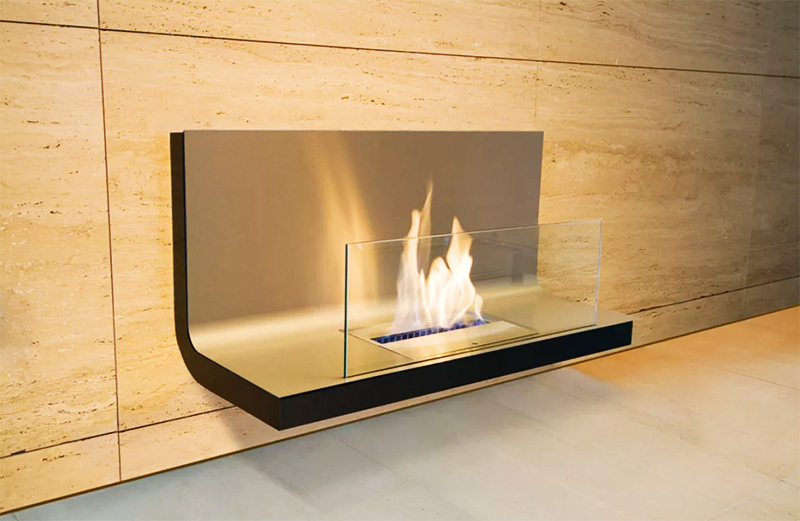
Returning to the bio-fireplace fuel tank, it should be noted that it is made of durable steel, which is able to withstand not only chemical attack, but also strong pressure and high temperature. High-quality models have not just a steel case, but a multilayer structure with excellent thermal insulation and fantastic reliability.
To control the content of the fuel block in biofireplaces, there are special indicators. They can be placed on the side or at the bottom of the device. The pointer format can also be different, but the task of all devices is to protect the device from fuel overflow. That is, the upper limit, along which you will need to navigate, is always indicated.
It is necessary to say about the body of the eco-fireplace. This is the niche in which the fuel block is placed, and it also serves as a safe area for the flames. There are cases made of metal with a heat-resistant coating or made of natural stone, which keeps the temperature well. Protective glass can act as additional walls of the body of eco-fireplaces.

What fuel is used in eco-fireplaces
Eco or bio - such attachments to fuel labels are now in vogue. But not everything that has such designations will actually be safe and environmentally friendly. First of all, beware of fakes and cheap products - they are not safe. Many manufacturers exploit these designations for additional profit.
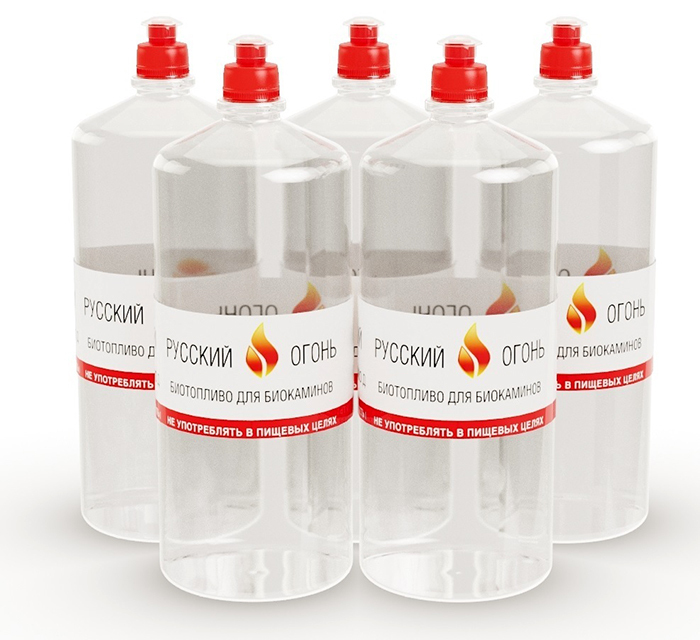
Biofuel companies claim that they use environmentally friendly technologies and renewable natural resources to produce it. Simply put, biofuels are made from organic waste or plant components.
And the main condition for compliance with the declared brand is the absence of harmful substances emitted into the atmosphere during combustion. It cannot be argued that biofuels are completely safe, but the fact that it is the least harmful in comparison with other types of fuel is certain.
There are three types of biofuels: biogas is a gas for heating industrial facilities, biodiesel is for modern green cars and bioethanol is a liquid fuel for biofireplaces.
Why biofuels have a special flame
Pure alcohol (ethanol) during combustion gives an almost imperceptible blue flame, which obviously will not please the eye and will not fit for the decorative function of biofireplaces.

For eco-fireplaces, fuel is made from sugar or starch. It turns out denatured alcohol, which burns brightly and for a long time, but at the same time does not produce an extraneous smell, soot or sparks. That is, there are practically no combustion products, which means that there is no need for a powerful exhaust system. This option is perfect for the conditions of a city apartment. And, importantly, during the combustion of biofuels, 60% of the heat from a chemical reaction remains in the room, then there are eco-fireplaces that really heat the room, although, of course, they are not as efficient as heating radiators. And yet, for the sake of your own safety, the room in which the eco-fireplace works must be regularly ventilated.
The heat transfer of a biofireplace can reach 95%, and this is a very impressive result even in comparison with conventional fireplaces and stoves.
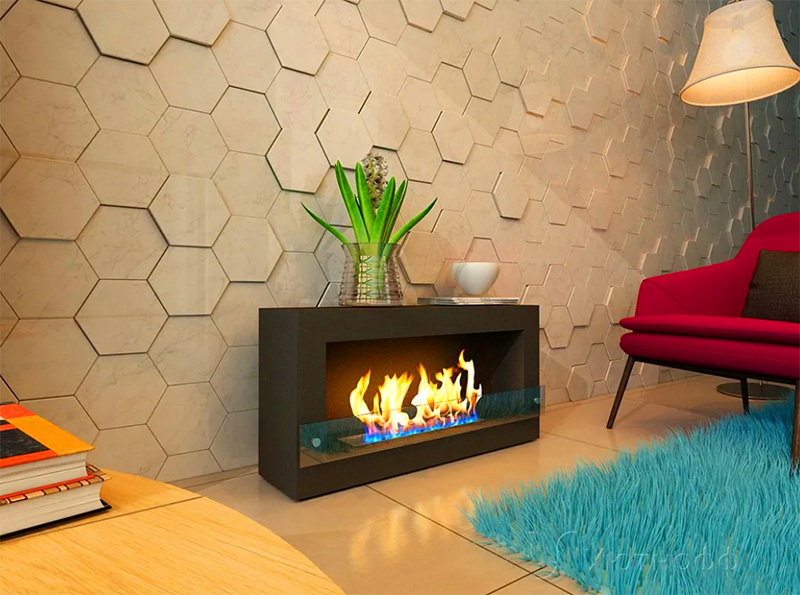
Given that the main composition of biofuels is ethanol, there is always a danger that someone will use alcohol for another purpose. To prevent poisoning, bitter additives are added to the fuel for eco-fireplaces, which make it unsuitable for ingestion. The additive is called bitrex and has such a bitter taste that it can instantly induce vomiting.
There are perfumed fuels on sale, but usually such a product has such an excess of aromatic components that you have to ventilate the room more than once to get rid of the obsessive smell.
Also, sea salt is sometimes added to the composition of biofuels. When heated in an open flame, the salt crystals begin to click, and you get a soundtrack similar to the crackling of firewood.
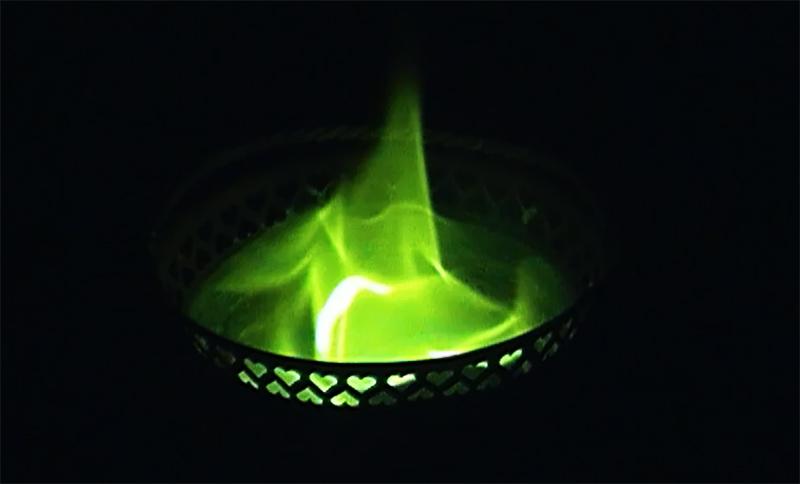
Packaging, purpose and cost of biofuel
Biofuel is sold in containers of different capacities: from 20 to 1 liter. The capacity of the fuel block rarely exceeds 2 liters, so it makes sense to buy large volumes only as a reserve. You can easily calculate the required amount of fuel, taking into account the fact that one tank is enough for an average of 5 hours of continuous operation.
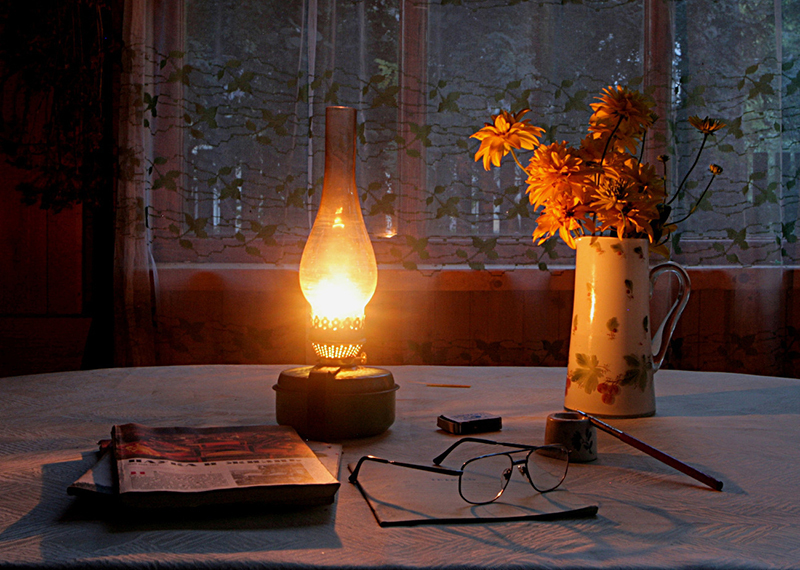
And finally, if you are choosing fuel for an eco-fireplace, pay attention to the country of origin of the manufacturer and reviews. There are firms whose quality never fails. The leader of the ratings is the Swiss Bionlov, next to it is the Italian Bioteplo Slimfire, the German Planika Fanola and the Russian InterFlame and BioKer.
The cost of these brands is from 200 to 600 rubles per liter. Fuel with additional additives is always more expensive, and inexpensive formulations usually do not have impurities.
Why you should buy an eco-fireplace and what you need to be wary of
Ecofireplaces have their strengths and weaknesses. The list of benefits is quite extensive:
- you can enjoy the view of a live fire in the stove without fear for your health, since the fuel does not emit harmful impurities into the atmosphere;
- there is no need to connect the eco-fireplace to the chimney, it does not produce smoke, soot or soot;
- eco-fireplaces are sold assembled, and their installation does not require any time or special skills;
- the small size of fireplaces allows you to install them on a table, shelf or other limited space;
- designs of eco-fireplaces have additional levels of protection, are stable and safe, subject to the rules of operation;
- the intensity of combustion in the device is easily adjustable, there are models with remote control;
- modern eco-fireplaces have an exquisite decorative look, and you can choose a model for any style of interior;
- devices are mobile, so that if desired, you can rearrange them from place to place and transfer them to another room;
- the eco-fireplace does not need cleaning, it just needs to be dusted from time to time.
But biofireplaces also have their drawbacks, which should be remembered. First of all, this is not a cheap pleasure, especially if the author of the device is a European manufacturer, which guarantees the excellent quality of the product.
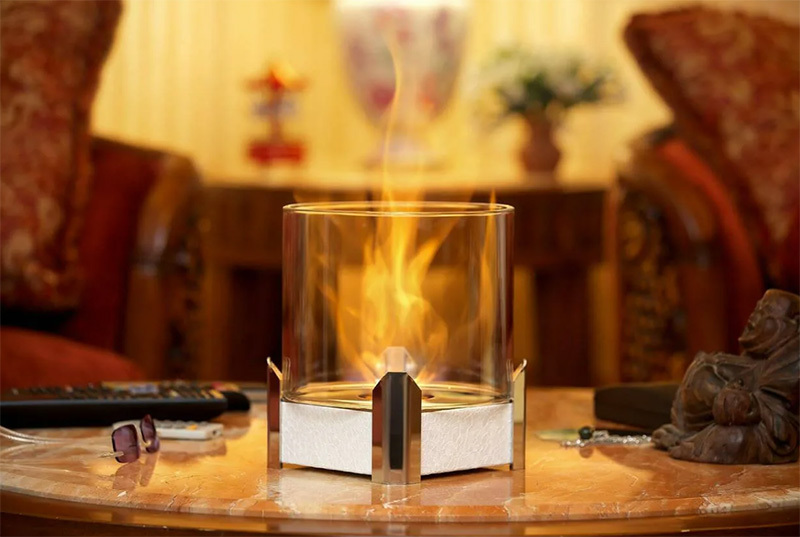
Varieties of models of eco-fireplaces
Types of eco-fireplaces vary by location. There are devices with floor, desktop and wall placement. There are models that are built into the wall, fill the corner space or hang from the ceiling.
How to choose an eco-fireplace for a house and an apartment
A variety of models allows you to choose what you need. You may be limited only by finances and living conditions, nothing more.
Built-in eco-fireplaces are mounted in wall niches or even furniture facades. It's absolutely safe. For integration into MDF furniture, you just need to choose models with a multi-layer fuel tank, which practically do not heat up during operation.
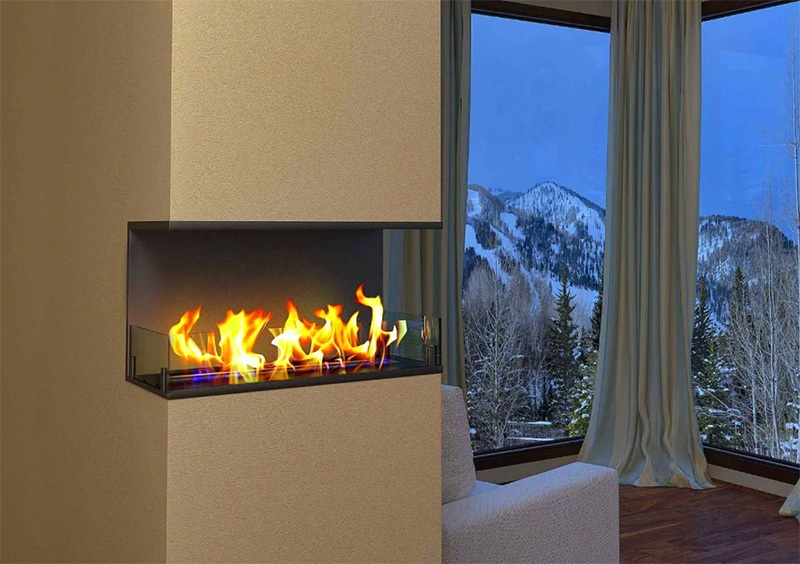
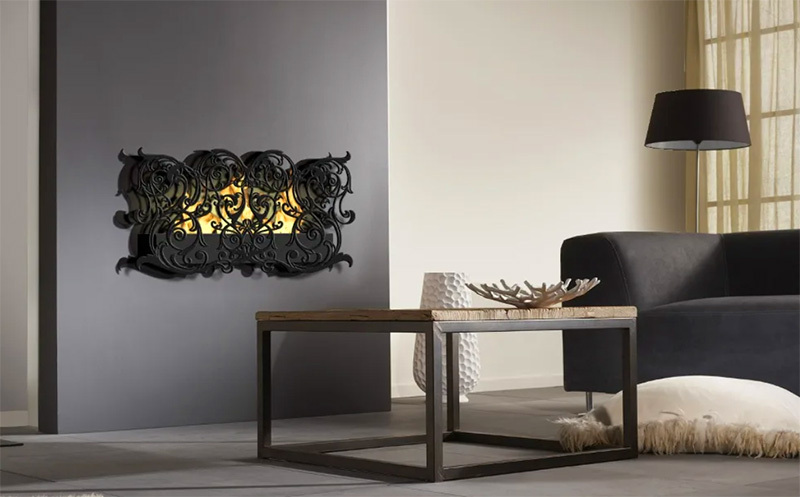

When choosing an eco-fireplace, you must definitely pay attention to the burner. The cheapest fireplaces are equipped with just a bowl for fuel instead of a tank. This is neither the best nor the safest option, in which you will not be able to regulate the flame in any way. The best choice would be a model with a fuel tank and at least manual adjustment.
You need to carefully examine the fuel tank itself. It must be made of sufficiently thick stainless steel and have a stable stand.
How to properly operate an eco-fireplace
The operation of an eco-fireplace should not cause you any difficulties. All service consists of filling the fuel tank. In order not to spill liquid fuel, it must be filled through a funnel or at least using a narrow bottle neck. If fuel gets past the tank, it must be wiped dry with a soft cloth and kept away from fire.
By the way, you can make an eco-fireplace with your own hands, and it's not at all difficult. A good example is in this video:
Do you have an eco-fireplace? Share your impressions!
Hello, my name is Andrey. I am buying information sites. There is…
and if the top layer of foam is not broken, then the lacquer surface greatly reduces the hygroscopic ...
strange reasoning regarding sealing. If the log is doused with sealant, foam ...
In the 80s he worked in one NPO, then hammer enamel was sintered. It turned out great,...
While in the summer I lived in the country a lot of different situations I saw and no one fines anyone. Uch…
You won't find a normal apartment for such a sum in Moscow. Even for a country house that …
Thank you. Briefly and clearly...
Karting. I want to help children! &nbs …
Now there is a very interesting and effective option for heating - plasterboard pas …
Everything is chic, but the emphasis is always on the ratchet. And for me, for example, it is technologically not p ...
yes indeed. you won’t call them later for the whole year no one appeared, they began to hear ...
And why sheathe the house initially with vapor barrier? What is its meaning? To create a conden…


